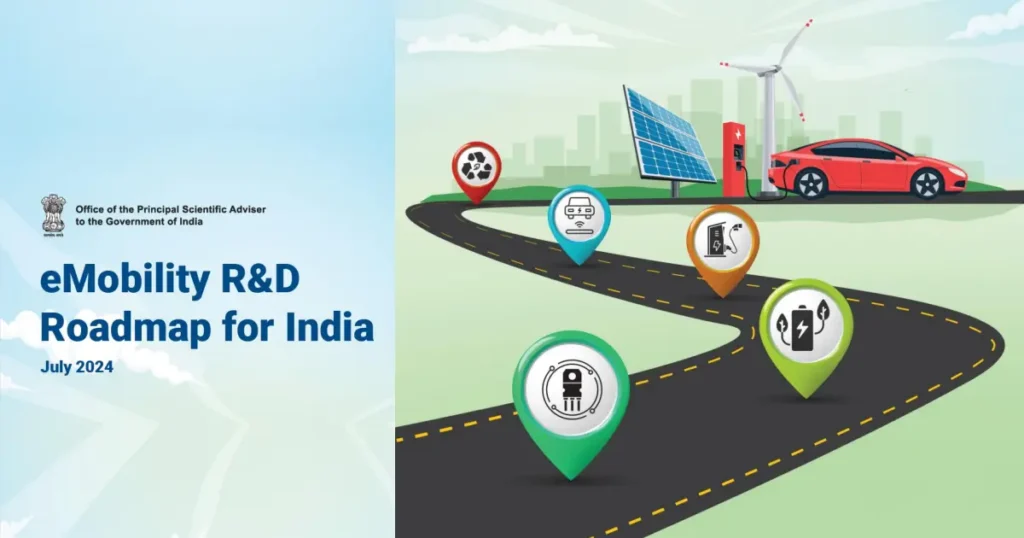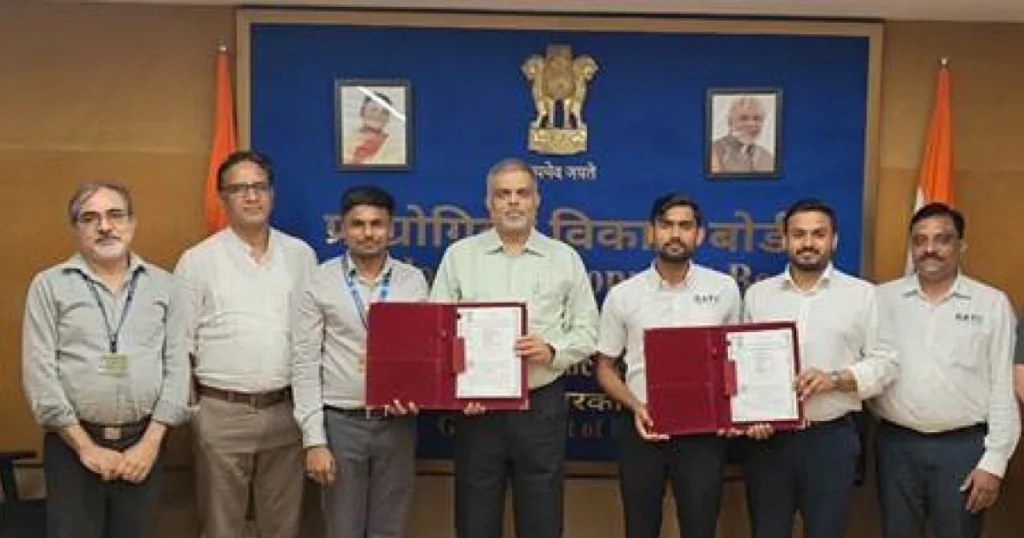The Government of India has unveiled an updated eMobility R&D Roadmap, aiming to catapult the nation into a leading position in the global electric vehicle (EV) industry by 2030.
This ambitious plan outlines a comprehensive strategy for advancing research and development in eMobility, focusing on critical areas such as new materials, energy storage, and production engineering.
The roadmap, developed by the Consultative Group on eMobility (CGeM) under the Office of the Principal Scientific Adviser, underscores the necessity for India to overcome its current dependency on imports and become self-reliant in the EV sector.
A Transformative Decade Ahead
Since 2015, eMobility has gained significant attention in India, driven by policy initiatives, industry investments, and growing environmental awareness.
Despite substantial progress, India remains heavily reliant on imported components for its EV value chain.
The roadmap highlights the need for strategic actions now to ensure that India is not in a similar position by 2030.
The focus is on three critical areas that have seen limited investment and breakthroughs globally:
- Promising Materials: This includes research into materials like graphene, which require significant investments while holding higher risks of failure but promise immense benefits if successful.
- New Storage Chemistries and EV Power Train Components: Materials development, research and productization of new storage chemistries as well as EV Power Train componentry. These areas also hold high risks but offer very high benefits if successful.
- Production Engineering of Key Components: This involves developing production techniques for wide bandgap devices, fuel cell membranes, and other essential items. While the risk of failure is lower, the required investments and technical management are substantial.
Strategic Focus Areas
The roadmap identifies four critical streams within eMobility, each with distinct research pathways and targeted outcomes:
- Energy Storage Cells: This stream focuses on advancing the chemistry and physics of battery cells, including lithium-ion, lithium-sulfur, sodium-ion, and aluminum-ion batteries. The goal is to enhance energy density, reduce costs, and improve overall performance.
- EV Aggregates: This encompasses the entire value chain of EV-specific components, excluding the battery cells. Research areas include electric motors, power electronics, thermal management, and control systems.
- Materials & Recycling: Emphasis is placed on material science, recycling of batteries, and the development of new materials for motors and other components. This stream aims to create a sustainable lifecycle for EV materials.
- Charging & Refueling: Innovations in charging technologies, such as static and dynamic wireless charging and adaptive charging systems, are critical to improving the convenience and efficiency of EV usage.
Implementation Strategy
The roadmap emphasizes the need for new administrative mechanisms, schemes, and review methods to support these high-risk, high-reward projects.
Public funding will play a crucial role in the initial phases, with industry engagement increasing as projects progress from proof of concept to pilot and industrialization stages.
A detailed budget distribution mechanism is outlined, ensuring that projects receive conditional and success-based milestone funding.
The Role of Public-Private Partnerships
A significant aspect of the roadmap is fostering trust-based collaborations between the government, industry, and academia.
This approach is crucial for navigating the high risks of failure and obsolescence inherent in cutting-edge R&D.
Successful lab-scale projects will transition to pilot phases with increased industry involvement, ultimately leading to full-scale industrialization funded by the private sector.
Envisioning a Self-Reliant Future
The eMobility R&D Roadmap is not just about catching up with global leaders but aims to place India at the forefront of the EV revolution.
By addressing current gaps and investing in future technologies, India can achieve significant advancements in energy density, power density, and cost-effectiveness, positioning itself as a key player in the global eMobility market.
Conclusion
India’s updated eMobility R&D Roadmap sets a clear and ambitious vision for the future, emphasizing the importance of immediate action to secure long-term benefits.
By focusing on innovative research, strategic investments, and robust public-private partnerships, India is poised to overcome its dependency on imports and emerge as a global leader in the EV sector by 2030.
This roadmap represents a critical step towards a sustainable and technologically advanced future, ensuring that India not only keeps pace with global developments but also leads the charge in eMobility innovation.



















